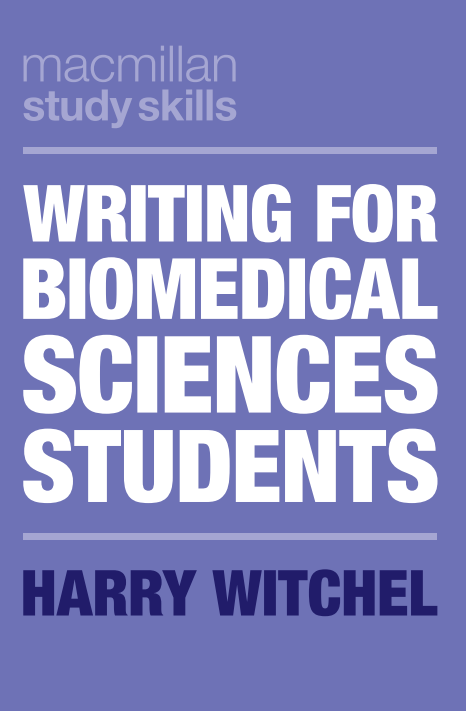Organizing Writing with Chunking

How to chunk ideas in a well written essay
This is part 2 of how to teach your student to how to write an essay that is clear and organized using chunking. In part 1 (“the magic of chunking ideas with the BEER model”) we covered how to organize paragraphs with chunking. The post you are reading takes the organization of essay writing up to a higher level, and organizes an entire 2000-word essay. This is especially important in biology, medicine and the allied health sciences, where there is a tradition of dividing up information in a way that makes it easier for the reader to find what they are looking for: these are the headings Introduction, Methods, Results and Discussion (IMRaD).
Once your students have mastered chunking a paragraph, then they are ready for the big jump to chunking an essay. This is where chunking becomes really important. Chunking is when you organize ideas into bite-size chunks where little ideas fit inside bigger ideas. When you are first thinking about what to include in an essay (during the idea generation or mind mapping phase), you may have 15 to 20 different ideas. Not all ideas are equally important, and so you need to organize the ideas into bigger and littler chunks. For the reader’s benefit, chunking must start with between two to seven big chunk ideas because psychologically that is what readers find approachable. You should explain to the student writer that the best ideas to be biggest chunks should be based on their own sense of what is important. These are the ideas that are critical for their argument.
When students are writing essays, they invariably will have a word count or guidance on the size. As a teacher, as soon as your students are confident with chunking, you should introduce the method of breaking apart the word count based upon how important each chunk is. So if they have a 2000 word essay assignment on “What is metabolism AND give some examples of metabolic poisons”, you would show them that right away they can break up the essay arbitrarily like this:
- Introduction – 200 words
- What is metabolism – 800 words
- Examples of metabolic poisons – 800 words
- Conclusions – 200 words
At this point you can also show students about outlining of content by putting each idea on a separate line. To explain how chunking works you need to show how to indent smaller chunks under the bigger chunks they belong to. For the students who find line-by-line outlining restrictive, you can show them how to draw mind maps; remember to explain that each time they draw a new arrow, it is going from a big chunk to a littler chunk.
Exercise 2: Write an outline or plan showing how you would chunk the ideas for a 2000-word essay, without writing the essay
10 minutes of student time + time for feedback
Possible topics:
“Explain how different forms of transportation contribute to greenhouse gases and CO2 in the environment”
Among the examples, consider: Cars, trucks, rail, boats, airplanes, horse
To break apart the ideas into chunks, consider: By land, sea, air, or by speed
“Explain the activities of the muscles of the arm that contribute to generating the forces for lifting a glass of water in order to take a drink”
Ask the students to consider how to break apart the essay into large chunks:
Muscles that control upper arm vs forearm vs hand
Early vs late phase